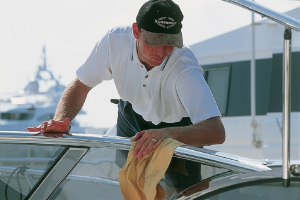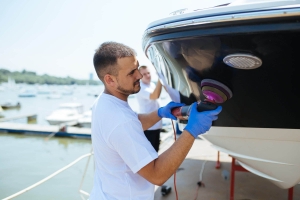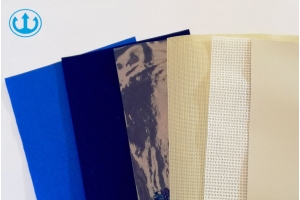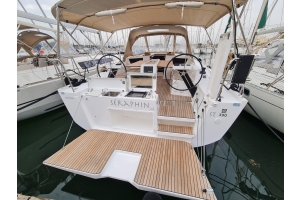HOW TO KNOW WHEN THE BIMINI TOP NEEDS TO BE REPLACED
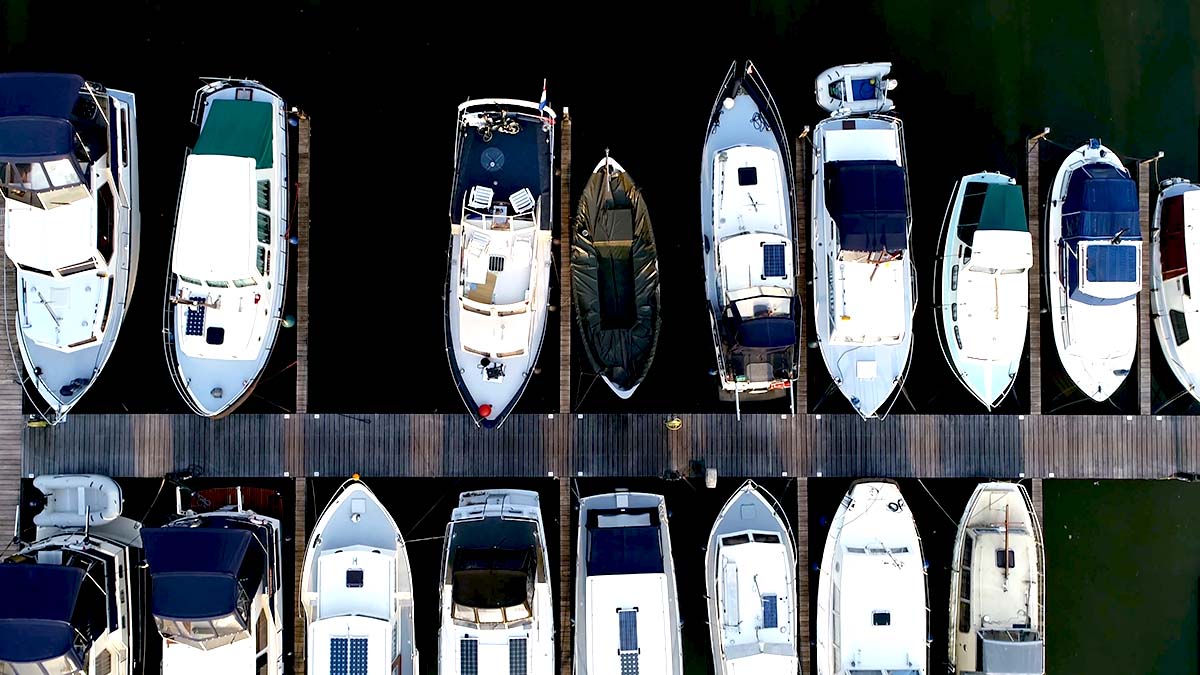
Boat bimini tops are essential accessories for on-board comfort and have a fundamental function: to protect us from the sun when we are at sea, both when sailing and during stops at anchor or in port.
Imagine being offshore, in a boat or dinghy, and having no other shelter from the sun than the awning. Maybe there are also children on board. It is easy to understand how important it is to improve the experience on board, being able to count on a sufficiently large and good quality bimini top.
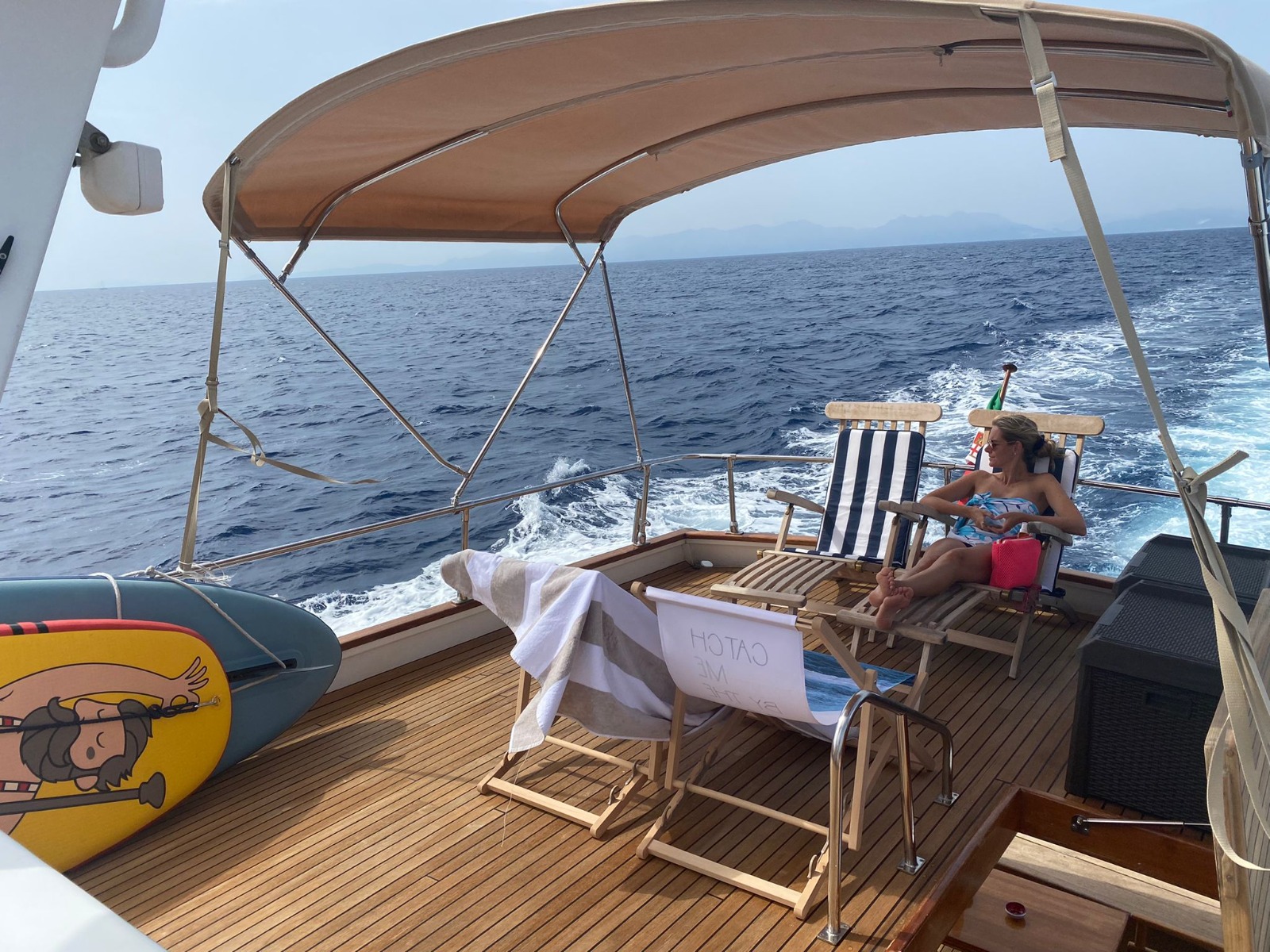
As regards components designed and built to withstand the marine environment, it may happen that a bimini top, following continuous exposure to atmospheric agents, such as salt, sun and wind, needs to be replaced.
To strongly condition the life of this accessory there is also the wrong or absent maintenance, as well as the good quality of the materials with which it is made.
The correct check up: repair or replacement?
How to understand when a bimini top needs to be replaced?
In reality, a damaged bimini top does not always have to be automatically replaced. It all depends on the extent of the damage and the possibilities of remedying it, as well as on the convenience and ease of the repair itself. Other factors to consider are the age of the component and the actual use during the season.
In this guide we want to explain in detail how to carry out this important check up of the bimini top, how to intervene with some repairs, or if it is really the case to implement the most definitive and expensive solution, i.e. the replacement of the whole assembly or simply of a single element.
The three components to check of the bimini top
The bimini tops are made up of three different elements which must be periodically checked individually to ascertain their correct functioning and state of wear.
- First of all there is the canopy fabric, as the fabric with which the bimini tops are made is called.
- Then there is the frame. This is the metal structure that allows the bimini top to open and spread out, thanks to the presence of the special joints, and the fabric to remain taut.
- And finally there are the attachments, i.e. the metal elements that allow you to fix the bimini top to the boat or dinghy.

The components that tend to get damaged more easily are the hood and the frame. More rarely, however, it is the attachments that need to be replaced. Now let's see in detail how to check each single component.
The hood cloth
Although made with excellent workmanship and high quality materials, the hood fabric is not eternal.
Its main enemies are the salt air, the sun's rays, the wind and the loads in play. Not to mention poor or incorrect maintenance.
Generally, if a bimini top is made with a good quality fabric, such as those of Tempotest Parà or Sunbrella, it has a much higher resistance to atmospheric agents than that normally offered by cheaper bimini tops. But usury, however much it may be delayed, is inevitable.
TEARS, MOLD AND WATERPROOF
The first signs that the bimini top is deteriorating are discolorations, mold spots and especially rips, tears and small cuts.
For traces of mold it is possible to intervene with special antifungal products and ecological detergents. As well as for small tears and holes you can fix it with a few patches. Even for larger parts of damaged fabric it is not necessary to replace the entire bimini top. Contact whoever can produce fabric parts, even made to measure, for awnings with two, three or four arches.
Another important factor to consider is waterproofing. When the canvas is no longer waterproof, i.e. the water no longer rolls off and seeps into the canvas, it doesn't necessarily mean it's time to replace it.
If the canvas is still in good condition, it just means it's time to re-waterproof the roofing. There are specific products on the market.
NEW COAT: EYE TO THE EXACT MEASUREMENTS!
On the other hand, when the general state of the awning is largely deteriorated and discolored, the number of patches is high and you notice that tears and cuts occur more frequently, your cover is aging rapidly and there is no other solution than to replace it before it falls completely in pieces.
If you decide to buy the hood online, always pay attention to the measurements, in particular the width, or the distance between the center distances of the two attachment points. This must be calculated starting from the center of the side for boats and from the center of the tubular for dinghies.
To make sure you're not wrong, read our Guide to choosing the bimini top!
In a short time and with a low cost, you can have a new bimini top and still enjoy many beautiful days at sea, without worrying about the sun.
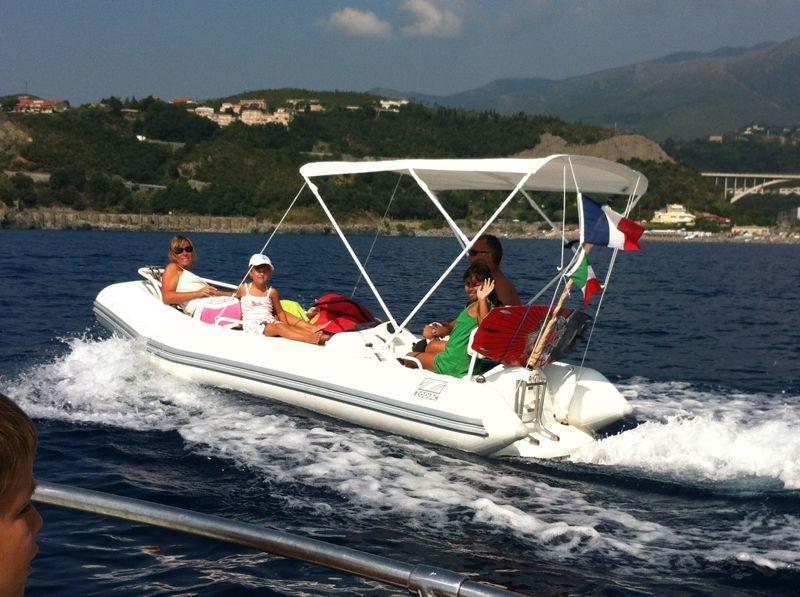
The frame, stressed by gusts of wind and improper use
The other element of the bimini top that can be damaged over time and with wear is the frame.
In this case the greatest stress for the structure comes from the wind, particularly when it is gusty. But another factor that can cause failure is when the support is used improperly by the crew, for example to keep themselves on board. The bimini top frame, it should be remembered, is not a handrail!
If it is not made of resistant material, in these cases the frame can bend, give way or even in the most serious cases break. And all that remains is the replacement.
When choosing the new bimini top, make sure that the respective frame is made of steel, which is certainly more resistant both to the mechanical action of opening and closing the bimini top and to atmospheric agents. If you want a sturdy bimini top that will last over time, choose frames with tubes of at least 30 millimeters in diameter.
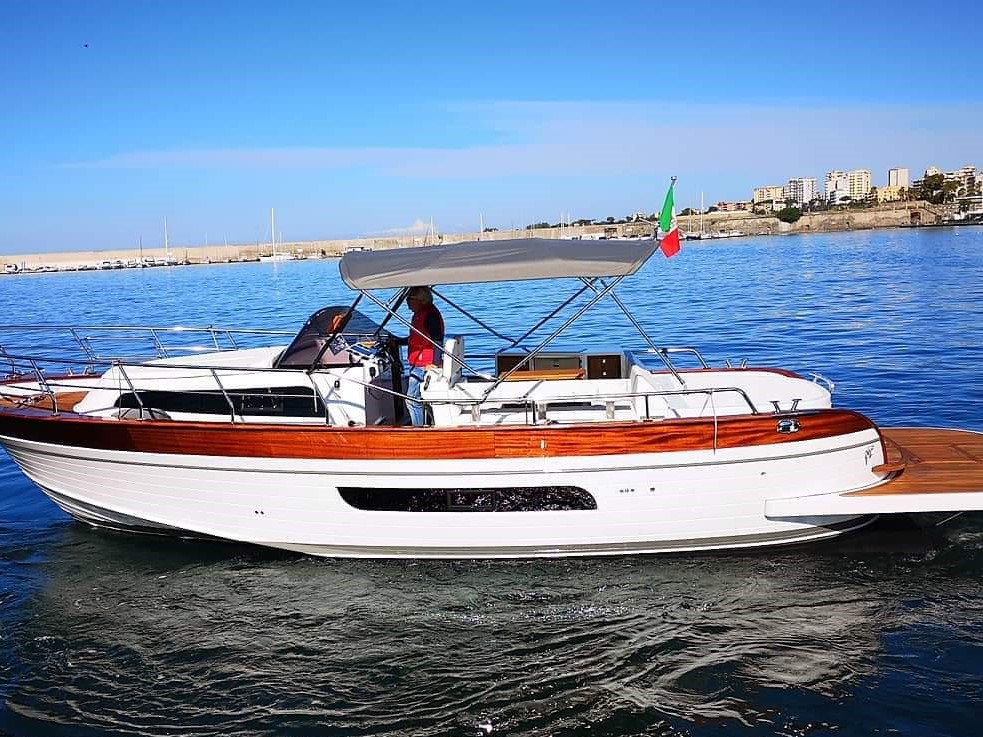
To preserve the frame of your bimini top, the advice is not to keep it open if the wind is gusty and when the boat is sailing at high speed. In fact, there are special bimini tops to be used during navigation.
Attacks, preferably in steel
The last component of the bimini top to be checked up are the attachments and joints, parts that are certainly less subject to deterioration, but which it is always good to check.
In fact, it can happen, especially if they are not made of steel but of simple plastic that over time, atmospheric agents and stresses break.
In this case we advise you to replace them with others in stainless steel, which are much more resistant.
Discover the stainless steel accessories available on our website!
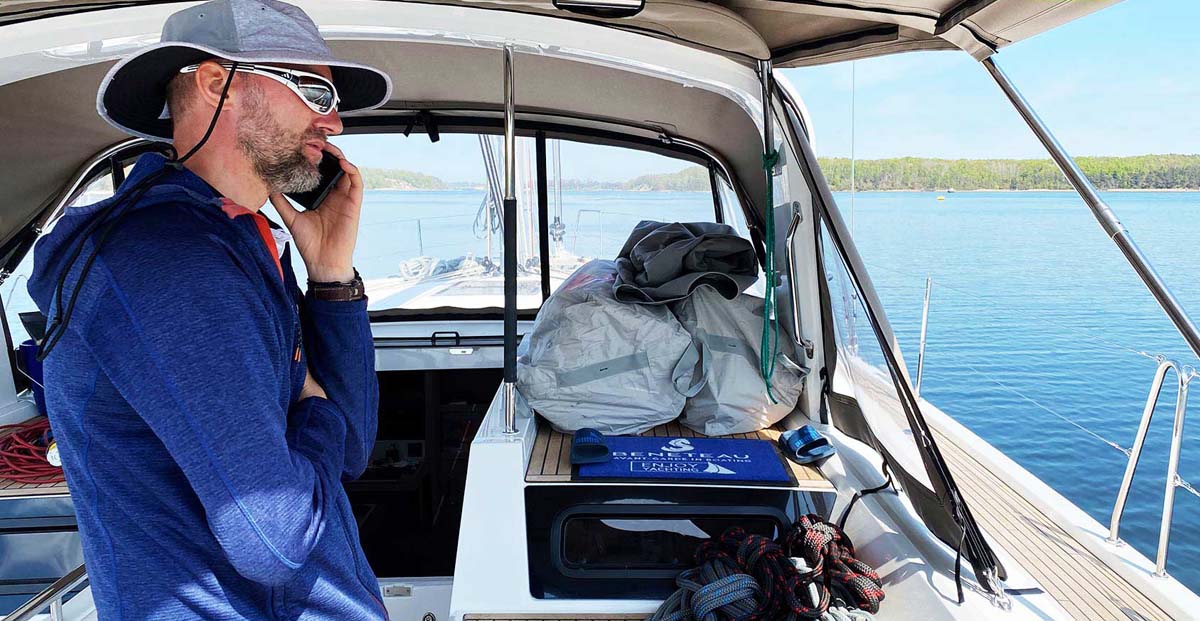
In short, as you can see with these quick checks you can periodically ascertain the state of wear of the bimini top you have installed on board.
If it is not possible to carry out repairs and small restoration interventions, all that remains is the replacement. However, even in the light of the problems encountered, the same must be done carefully, perhaps by asking the experts in the sector who will certainly be able to advise you.
